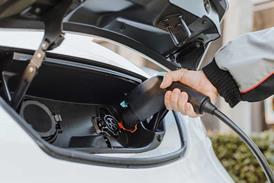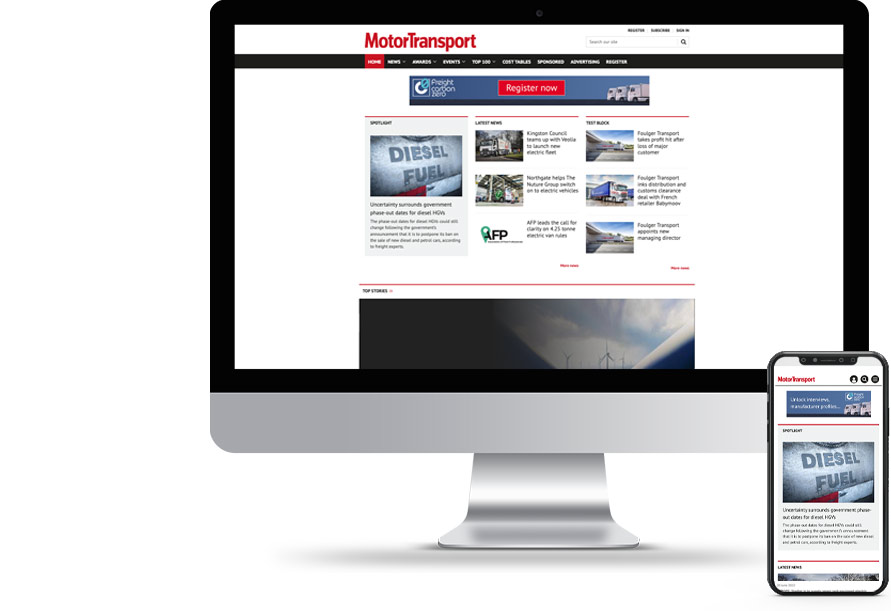DHL opens 270,000sq ft Coventry e-commerce sortation hub

DHL eCommerce, the e-commerce logistics specialist division of DHL Group, has opened a new £150m parcel hub on Segro Park next to Coventry Airport. The 270,000sq ft facility will support the growth of domestic and international e-commerce for UK businesses and enable the company to significantly expand its market share.
This article is for registered users only
Please login or create a FREE account to read the full article
Want to read more?
Register now for free to access the full article.
To access our great content on the Motor Transport website and to get a free copy of our weekly Executive Brief newsletter.
Once registered, you’ll get access to:
- In-depth breaking news every working day of the year
- All the best careers advice for you and your business
- Profiles of every winner at the Motor Transport Awards
- The richest set of road transport industry data in the UK
- You may also be eligible for a free print or digital copy of Motor Transport


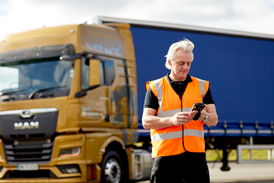
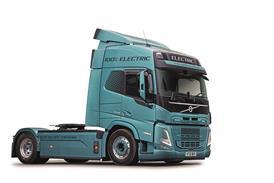
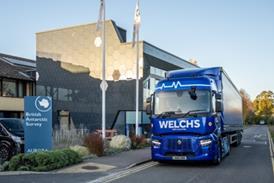
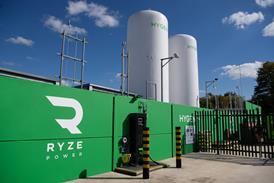
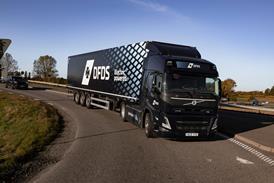
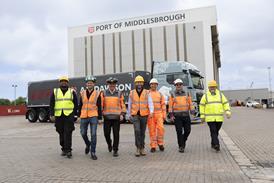
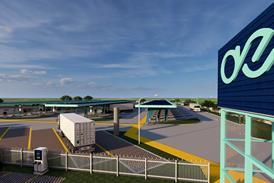



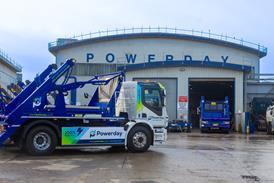
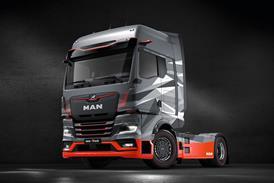
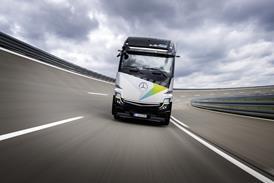
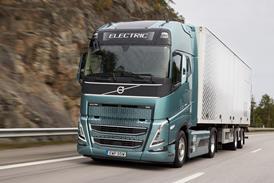
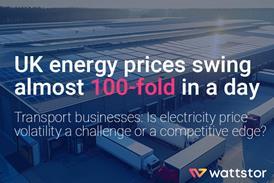
![Mercedes-Benz_eActros_600_(1)[1]](https://d2cohhpa0jt4tw.cloudfront.net/Pictures/274x183/8/1/8/17818_mercedesbenz_eactros_600_11_556244.jpg)

